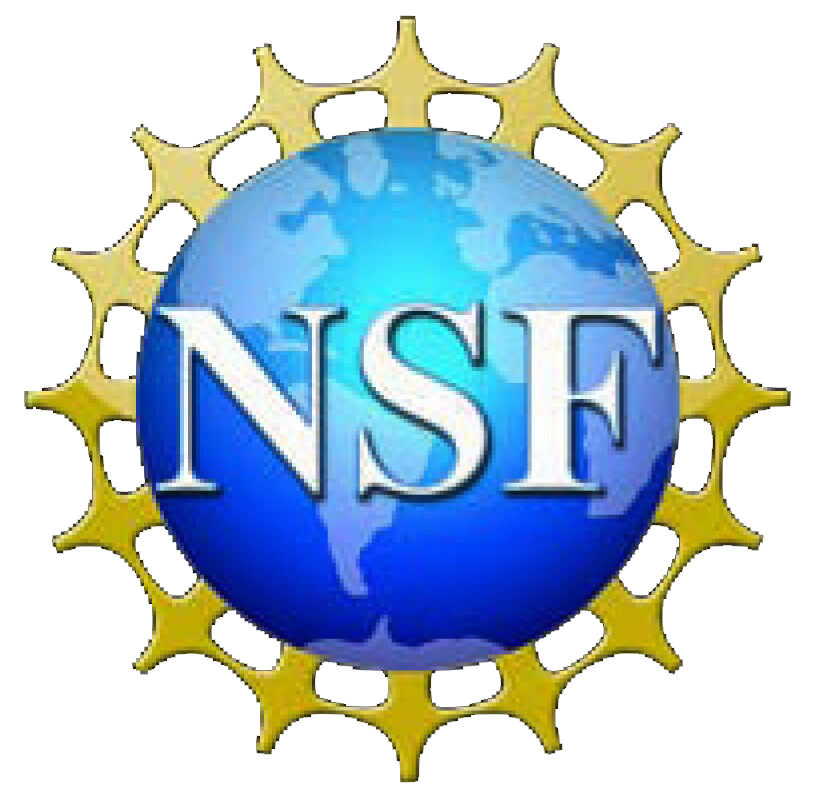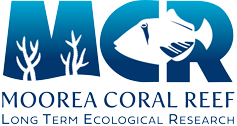Year:
2025
Authors:
Source:
Ph.D. Dissertation
Abstract:
Human activities are driving shifts in ecosystem states worldwide by altering key ecological feedbacks. On coral reefs, transitions to macroalgal-dominated communities are increasingly common, threatening biodiversity and the services coral assemblages provide. These shifts can persist for decades, underscoring the need to understand the factors that promote and sustain macroalgal abundance to mitigate or reverse them. Increases in macroalgal abundance have often been associated with the loss of top-down control, which frequently has been attributed to overharvesting of herbivorous fishes. However, nutrients could also facilitate the proliferation of macroalgae, but evidence for the role of this mechanism in state shifts on coral reefs is inconsistent. This dissertation integrates in-situ experiments and observational surveys across natural biophysical gradients to explore: (i) spatial patterns of benthic cover and environmental drivers, (ii) the mechanisms by which nutrients influence macroalgal abundance and stability, and (iii) the relative roles of nutrients and herbivory in shaping macroalgal resilience.
First, I collected site-specific data on benthic community composition and biophysical variables at 66 lagoon reefs around the island of Moorea, French Polynesia. Using three techniques to objectively categorize space-holding taxa into benthic categories, regimes and community composition, I identified both general and taxon-specific relationships between benthic structure and biophysical drivers. Specifically, the relationships between ocean temperature conditions and coral cover varied among coral taxa, but the positive influence of nutrient availability and macroalgal abundance was consistent across analyses. I then use an in-situ enrichment experiment paired with surveys of algal traits to assess potential mechanisms by which nutrient subsidies could trigger and/or maintain a regime shift to abundant macroalgae on reefs. I identified several mechanisms by which nutrients influence individual traits at different life stages of the dominant macroalga Turbinaria ornata. Nutrient enrichment increased the growth of the most vulnerable recruit stage, which translated to higher survivorship during herbivore feeding trials. I also identified positive relationships between anti-herbivory physical defense and nutrients in juvenile and adult Turbinaria, and a positive relationship between nutrients and reproductive investment in adults. To test the extent to which nutrients, herbivory and disturbance scale influence the recovery rate of macroalgae I established resilience experiments using established macroalgal populations at 10 sites along natural gradients of nutrient enrichment and herbivory, and at two sizes of disturbance footprints. Macroalgae recovery was significantly faster in smaller clearings than larger cleared plots, and nutrients were the single best predictor of recovery at both scales. Together, these findings highlight nutrient pollution as a key driver of macroalgal persistence, challenging the primacy of top-down control in reef state shifts. This work underscores the need for ecosystem-based management that prioritizes nutrient reduction to support coral reef resilience.
Publication Type:
Thesis or Dissertation
Publisher:
Department of Ecology, Evolution and Marine Biology, University of California, Santa Barbara



